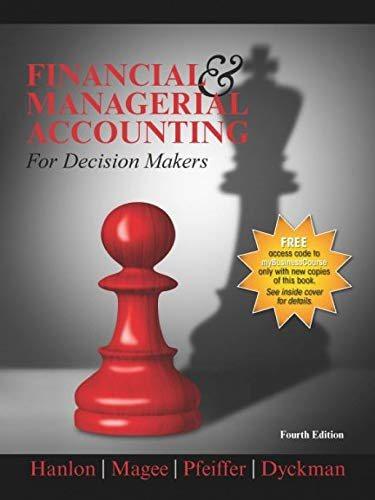Question
Question 1: Monopolistic Competition (15 mark) Consider the representative consumer model where the goods are homogeneous. The inverse market demand curve is p=10-q , where
Question 1: Monopolistic Competition (15 mark)
Consider the representative consumer model where the goods are homogeneous. The inverse market demand curve is p=10-q, where p is the market price and q is the aggregate output. There are n firms in the market. Output of firm-i is denoted by qi. So q=q1+q2++qi++qn.
- Suppose the cost function of a firm-i is ciqi=1+4qi and the firms are symmetric. Find the monopolistic competitive outcomes consisting of the equilibrium number of firms, equilibrium output produced by each firm, the equilibrium market price and the social welfare. (5 mark)
- Suppose there is a technological innovation that reduces the per unit cost of production but the fixed cost of accessing the new technology rises. Consequently, the cost function of a firm-i becomes ciqi=4+2qi. Find the monopolistic competitive outcomes consisting of the equilibrium number of firms, equilibrium output produced by each firm, the equilibrium market price and the social welfare. (5 mark)
- Compare the equilibrium outcomes of innovation to the pre-innovation case. What are the welfare implications of this innovation? (5 mark)
Question 2: Price Discrimination (13 mark)
A monopolists cost function is cq=q. There are two markets with demand curves ph=7-qh and pl=5-ql.
- Suppose the monopolist can distinguish the two markets and charges two different uniform prices in the two markets. What type of price discrimination strategy is this? Draw a diagram and use it to calculate the equilibrium prices, outputs, profits and the price elasticity of demand in the two markets. Explain why you see a higher price in one market than the other, using the measure of elasticity and Lerner index. (5 mark)
- Suppose the monopolist cannot distinguish the two markets. What type of price discrimination strategy will it practice and calculate the equilibrium outputs, pricing strategies and profits in the two markets. (8 mark)
Question 3: Tying (10 mark)
A restaurant sells steak (S) and pie (P). The cost of producing each dish is $1. There are 3 consumers; a, b and c, whose willingness to pay (WTP) are:
| Buyer a | Buyer b | Buyer c | |
| WTP for S | 2 | 4 | 11 |
| WTP for P | 10 | 8 | 1 |
| WTP for S & P | 12 | 12 | 12 |
Which pricing scheme individual pricing, pure tying or mixed tying maximizes the restaurants profit? You must explain your results for each of these three pricing schemes.
Step by Step Solution
There are 3 Steps involved in it
Step: 1

Get Instant Access to Expert-Tailored Solutions
See step-by-step solutions with expert insights and AI powered tools for academic success
Step: 2

Step: 3

Ace Your Homework with AI
Get the answers you need in no time with our AI-driven, step-by-step assistance
Get Started


